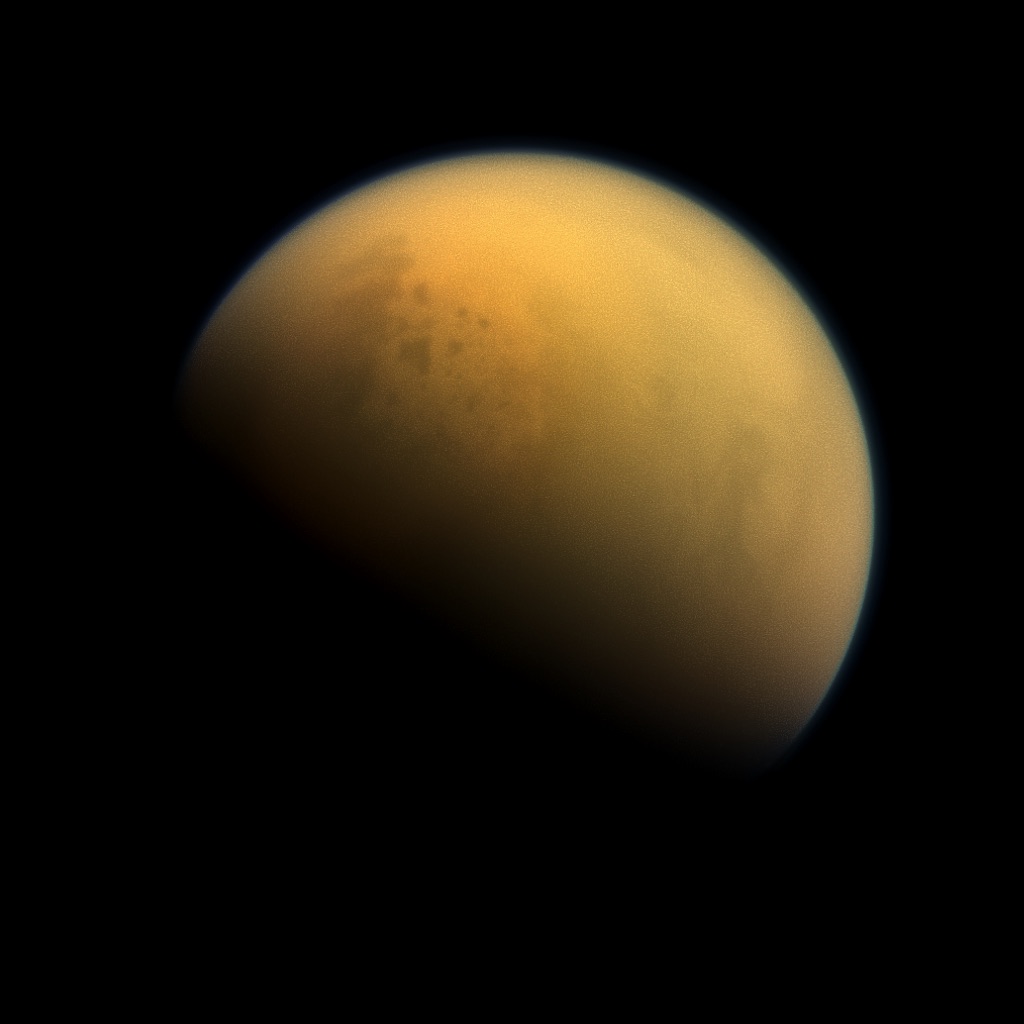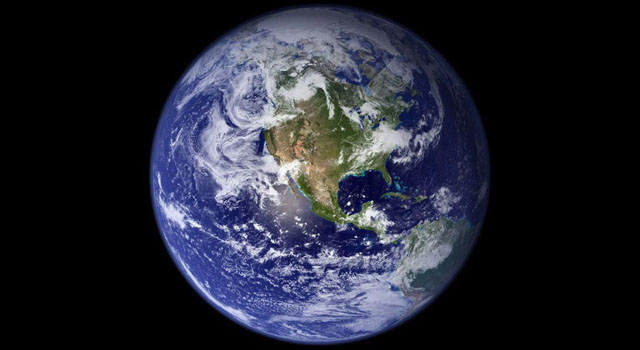Scientists Look to Jupiter, Saturn's Moon Titan for Global Warming Insight

By analyzing methane in the skies of Jupiter and Saturn's moon Titan, scientists are now pinpointing what effects this global warming gas is having on Earth, a new study finds.
Greenhouse gases warm the planet by trapping heat from the sun. The greenhouse gas that most often makes news is the carbon dioxide generated in great amounts by the burning of fossil fuels. However, methane is an even more potent greenhouse gas, pound for pound capable of warming the planet more than 25 times more than carbon dioxide over the span of a century, according to the Intergovernmental Panel on Climate Change (IPCC).
In the new study, researchers focused on the most poorly understood aspect of the role of methane in global warming — how much short-wavelength solar radiation it absorbs. Previous estimates from the IPCC regarding the effects of increased methane emissions on global climate omitted the impact of shortwave absorption. [Photographic Proof of Climate Change: Time-Lapse Images of Retreating Glaciers]
Recent climate models are designed to account for shortwave absorption of methane. However, their accuracy is limited by uncertainties in how well methane absorbs shortwave radiation. Whereas the carbon dioxide molecule has a relatively simple linear shape, methane has a more complex tetrahedral shape, and the way it responds to light is also complicated — too much so to pin down in the lab.
Instead, scientists examine the atmospheres of Jupiter and Saturn's largest moon Titan, which both have "at least a thousand times greater concentration of methane than Earth's atmosphere," study co-author Dan Feldman, a climate scientist at Lawrence Berkeley National Laboratory in Berkeley, California, told Space.com. As such, these celestial bodies can serve as "natural laboratories" for investigating sunlight's effects on methane, he explained.
The scientists analyzed data of Titan from the European Space Agency's Huygens probe, which landed on the big moon in January 2005, and of Jupiter from NASA's Hubble Space Telescope. This helped pinpoint how methane absorbs various short wavelengths of sunlight, data the researchers plugged into climate models of Earth.

The scientists found the global warming effects of methane are likely not uniform on Earth, but vary over the planet's surface. For instance, since deserts near the equator have bright, exposed surfaces that reflect light upward, shortwave absorption is 10 times stronger over regions such as the Sahara desert and the Arabian Peninsula than elsewhere on Earth, Feldman said.
Get the Space.com Newsletter
Breaking space news, the latest updates on rocket launches, skywatching events and more!
In addition, the presence of clouds can increase methane-shortwave absorption by nearly threefold. The researchers noted these effects west of southern Africa and the Americas, and with the cloud systems in the Intertropical Convergence Zone near the equator.
"We can really nail down the methane greenhouse effect on Earth based on observations of Jupiter and Titan," Feldman said.
These findings support previous climate models regarding methane's effects on global warming. The researchers said their work could help advance climate-change mitigation strategies by clarifying the risks different regions across the world face.
The scientists detailed their findings online Wednesday (Sept. 26) in the journal Science Advances.
Follow Charles Q. Choi on Twitter @cqchoi. Follow us @Spacedotcom, Facebook and Google+. Original article on Space.com.
Join our Space Forums to keep talking space on the latest missions, night sky and more! And if you have a news tip, correction or comment, let us know at: community@space.com.

Charles Q. Choi is a contributing writer for Space.com and Live Science. He covers all things human origins and astronomy as well as physics, animals and general science topics. Charles has a Master of Arts degree from the University of Missouri-Columbia, School of Journalism and a Bachelor of Arts degree from the University of South Florida. Charles has visited every continent on Earth, drinking rancid yak butter tea in Lhasa, snorkeling with sea lions in the Galapagos and even climbing an iceberg in Antarctica. Visit him at http://www.sciwriter.us









